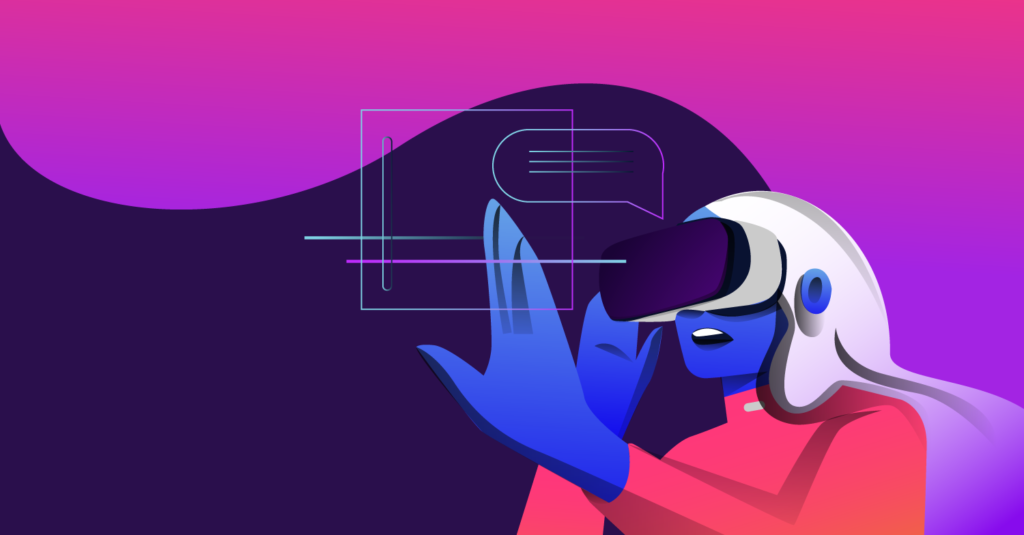Heard of the metaverse yet? Like us, you probably LOL’d a little, thinking it’s a pipe dream and will never materialize. Well, maybe. But history tells us that some wild ideas have a habit of coming true. We might want to put the chuckles away and take it seriously.
But first, how does the metaverse relate to the Internet as we know it? Here’s a recap:
Web 1.0 — From 1991 to 2004, the internet was basically just an infinite flat sandbox with the occasional sparse website. Very little regulation, very few big players, and very little consolidation of any kind. Search engines had none of the power we know today if they even existed at all; you had to know where you were going. Very few stores, very few ads, not a lot of business happening at all.
Users on the internet were consumers of content created by content creators. Websites were informational and contained only static content that was hyperlinked together. The web was essentially a one-way feed of information to users.
Web 2.0 — The internet became immensely popular in the 2000s, especially as bandwidth speeds up (the 2000s) and fully-equipped smartphones became the fixture in everyone’s pocket (2010s). Platforms emerge like Facebook and Google, and some became titans overnight by serving as middlemen for the emerging global attention market.
Web 2.0 gave us a huge leap in user-generated content, ease of use, participatory culture, and interoperability – YouTube, Reddit, Spotify. This stage brought the ability for users to share their ideas, opinions, preferences, and experiences on all sorts of new and exciting (and visually appealing) platforms.
However, the downside to Web 2.0 is that users became the product – our information, data, eyeballs, are all for sale in exchange for participating on the web. Consumers enjoyed unprecedented access to free information and services, not realizing that they’re “paying” these massive platforms with their personal data and forcing businesses to market upon land rented from tech oligarchies, where they’re unable to collect their own data and operate independently in the long run.
Web 3.0 — (called web3) is what many are saying is the next stage. Its decentralized, secure, and privacy rights are paramount. Sites will run on the blockchain or peer-to-peer nodes, but not stored on central cloud servers owned and mined by corporations.
Websites and bigger platforms will stick around, the software is starting to understand the real world in a mutually intelligible way and creators of all kinds—including marketers—will have a lot more options for creating “content” and then making it available to the world without having to pay a steep tax to the companies with a stranglehold on the pipelines.
So, the metaverse? It’s a layer on top of what we know now. The basic pages and links of Web 1.0 still exist, of course—and to a large extent, the big platforms and watering holes of the Web 2.0 will persist as well. The question is what gets added in 3.0 and how this changes the chemistry of the whole thing. We have reached the point where webpages, even the ones that can do fancy JavaScripty and AJAX-y stuff, will seem like a primitive medium compared to interactive virtual spaces that bear some experiential relationship to the real world. VR and AR as digital counterparts to the human experience of 3D space.
Stay tuned!
